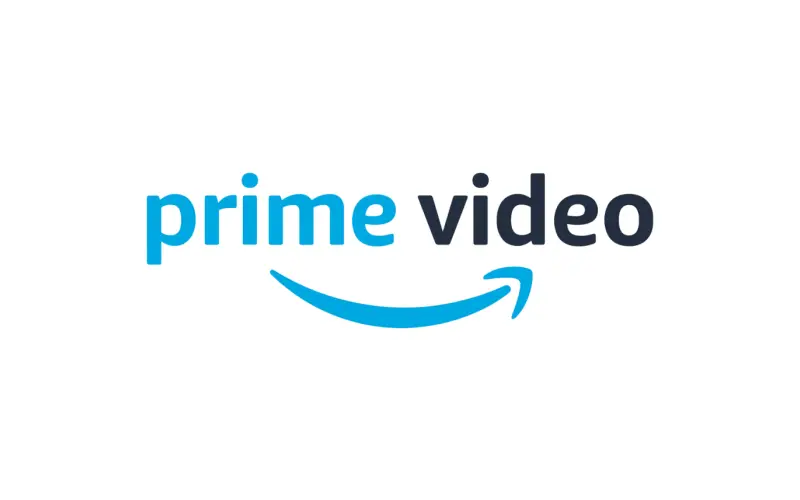By CE Critic - Buy Better Tech
Amazon Prime subscribers can mark January 29th on their calendars, as this marks the day when ads will become a part of their streaming experience on Prime Video. The announcement follows Amazon's earlier commitment to introduce advertisements to its content, a move the company states will support the ongoing investment in compelling content.
Limited Advertisements with a Purpose
In an email to Prime subscribers, Amazon clarified that the addition of limited advertisements aims to ensure a sustained investment in quality content without increasing the current price of Prime memberships. The company emphasizes that the goal is to have "meaningfully fewer ads than linear TV and other streaming TV providers."
Optional Ad-Free Experience for a Fee
While the introduction of ads is imminent, Amazon provides an option for users who prefer an ad-free streaming experience. For an additional $2.99 per month, Prime members can continue enjoying their favorite movies and TV shows without interruptions.
A Strategic Move in the Streaming Landscape
Amazon's decision to incorporate ads aligns with industry trends, where streaming services are increasingly exploring ad-supported tiers. Competitors such as Disney+, Netflix, and Max have already adopted similar approaches, adding ad-supported options to their subscription plans. Amazon's move not only supports content investments but also maintains a competitive edge in the evolving streaming landscape.
Reinforcing the Value of Prime Membership
In the email to subscribers, Amazon took the opportunity to remind users of the numerous benefits associated with Prime membership. The comprehensive offering includes Prime Video, and the email serves as a strategic effort to retain subscribers who may be concerned about the introduction of ads.
Pricing Details and Market Context
Amazon Prime currently costs $14.99 per month or $139 annually, with Prime Video available as a standalone subscription for $8.99 per month. The additional cost for an ad-free experience will bring the total for Prime to just under $18, and standalone Prime Video to just under $12.
Advertisements and the Streaming Landscape
As streaming services navigate the evolving landscape, the introduction of ads has become a common strategy to balance content investment and subscription costs. Amazon's move reflects the broader industry trend, ensuring that streaming platforms can continue to offer a wide range of content without significantly increasing subscription fees.
Amazon Prime's decision to integrate ads is a notable development, and January 29th marks a key date for subscribers to anticipate changes in their streaming experience. As the streaming landscape evolves, users will continue to witness adjustments in service offerings, pricing structures, and the overall streaming content ecosystem.
Rollout Date Confirmed
- January 29th, 2024, will see the introduction of limited advertising to Prime Video content.
- Amazon cites the need to "continue investing in compelling content."
Ad-Free Option Available
- Viewers can opt for an ad-free experience for an additional $2.99 per month on top of their existing Prime membership.
- Standalone Prime Video price dips to just under $12 for those who embrace the ad-supported model.
Following Industry Trends
- Amazon joins a growing list of streaming services embracing ad-supported tiers, including Disney+, Hulu, Max, Netflix, and Paramount Plus.
Balancing Content and Cost
- The move aims to offset rising costs and maintain content creation momentum.
- It also offers a more accessible entry point for price-sensitive viewers.
Impact on Viewer Experience
- The integration of ads into Prime Video remains to be seen.
- Potential for additional revenue to fund even more high-quality content.
Viewer Choice in the Spotlight
- Viewers can choose to stick with ad-free Prime for a higher cost, embrace the ad-supported model, or explore alternative streaming services.





